1. Introduction
The following postulates and notation are used throughout:
• K⊂Rn (Euclidean n-space) is a solid order cone: a closed convex cone that has nonempty interior IntK and contains no affine line.
• Rn has the (partial) order ⪰ determined by K:
referred to as the K-order.
• X⊂Rn is a nonempty set whose Int X is
connected and dense in X.
• T: X≈X is homeomorphism that is monotone
for the K-order:
A point x∈X has period k provided k is a positive integer and
Tkx=x. The set of such points is Pk=Pk(T), and
the set of periodic points is P=P(T)=⋃kPk. T is periodic if X=Pk, and pointwise periodic if X=P.
Our main concern is the following speculation:
Conjecture. If P is dense in X, then T is periodic.
The assumptions on X show that T is periodic iff T|IntX is periodic. Therefore we assume henceforth:
• X is connected and open Rn.
We prove the conjecture under the additional assumption that K is a
polyhedron, the intersection of finitely many closed affine
halfspaces of Rn:
Theorem 1 (Main). Assume K is a polyhedron, T: X≈X is monotone for the K-order, and P is dense in X. Then T is periodic.
For analytic maps there is an interesting contrapositive:
Theorem 2. Assume K is a polyhedron and T: X≈X is monotone for the
K-order. If T is analytic but not periodic, P is nowhere dense.
Proof. As X is open and connected but not contained in any of the closed sets Pk, analyticity implies each Pk is nowhere dense. Since P=⋃∞k=1Pk, a well known theorem of Baire [1] implies P is nowhere dense.
The following result of D. Montgomery [4]*is crucial for the proof of the Main Theorem:
*See also S. Kaul [3].
Theorem 3 (Montgomery). Every pointwise periodic homeomorphism of a connected manifold is periodic.
Notation
i,j,k,l denote positive integers. Points of Rn are denoted by a,b,p,q,u,v,w,x,y,z.
x⪯y is a synonym for y⪰x. If x⪯y and x≠y we write x≺ or y≻x.
The relations x≪y and y≫x mean y−x∈IntK.
A set S is totally ordered if x,y∈S⇒x⪯y or x⪰y.
If x⪯y, the order interval [x,y] is {z:x⪯z⪯y}=Kx∩−Ky.
The translation of K by x∈Rn is Kx:={w+x,w∈K.}
The image of a set or point ξ under a map H is denoted by Hξ or H(ξ). A set S is positively invariant under H if HS⊂S, invariant if Hξ=ξ, and periodically invariant if Hkξ=ξ.
2. Proof of the Main Theorem
The following four topological consequences of the standing
assumptions are valid even if K is not polyhedral.
Proposition 4. Assune p,q∈Pk are such that
Then Tk([p,q]=[p,q].
proof. It suffices to take k=1. Evidently TP=P, and T[p,q]⊂[p,q] because T is monotone, whence Int[p,q]∩P is positively invariant under T. The conclusion follows because Int[p,q]∩P is dense in [p,q] and T is continuous.
Proposition 5. Assume a,b∈Pk,a≪b, and [a,b]⊂X. There is a compact arc J⊂Pk∩[a,b] that joins a to b, and is totally ordered by ≪.
proof. An application of Zorn's Lemma yields a maximal set
J⊂[a,b]∩P
such that: J is totally ordered by ≪, a=maxJ, b=minJ. Maximality implies J is compact and connected and a,b∈J, so J is an arc (Wilder [7], Theorem I.11.23).
Proposition 6. Let M⊂X be a homeomorphically embedded topological manifold of dimension n−1, with empty boundary.
(i) P is dense in M.
(ii) If M is periodically invariant, it has a neighborhood
base B of periodically invariant open sets.
proof. (i) M locally separates X, by Lefschetz duality [5] (or dimension theory [6]. Therefore we can choose a family V of nonempty open sets in X that the family of
sets VM:={V∩M:V∈V) satisfies:
• VM is
a neighborhood basis of M,
• each set V∩M
separates V.
By Proposition 5, for each V∈V there is a compact arc JV∩P∩V whose endpoints aV,bv lie in different components of V\M. Since JV is connected, it contains a point in V∩M∩P. This proves (i).
(ii) With notation as above, let BV:=[aV,bV]\∂[aV,bV]. The desired neighborhood basis is B:={BV:V∈V}.
From Propositions 4 and 6 we infer:
Proposition 7. Suppose p,q∈P, p≪q and [p,q]⊂X. Then P is dense in ∂[p,q].
Let T(m) stand for the statement of Theorem 1 for
the case n=m. Then T(0) is trivial, and we use the
following inductive hypothesis:
Hypothesis (Induction). n≥1 and T(n−1) holds.
Let Q⊂Rn be a compact n-dimensional polyhedron. Its boundary ∂Q is the union of finitely many convex compact (n−1)-cells, the faces of Q. Each face F is the intersection of ∂[p,q] with a unique affine hyperplane En−1. The corresponding open face F∘:=F\∂F is an open (n−1)-cell in En−1. Distinct open faces are disjoint, and their union is dense and open in ∂Q.
Proposition 8. Assume p,q∈Pk, p≪q, [p,q]⊂X. Then T|∂[p,q] is periodic.
8224; This result is adapted from Hirsch & Smith [2],Theorems 5,11 & 5,15.
proof. [p,q] is a compact, convex n-dimensional polyhedron, invariant
under Tk (Proposition 4). By Proposition 6 applied to M:=∂[p,q], there is a neighborhood base B for ∂[p,q] composed of periodically
invariant open sets. Therefore if F∘⊂∂[p,q] is an open face of [p,q], the
family of sets
is a neighborhood base for F∘, and each W∈BF∘ is a periodically invariant open set in which P is dense.
For every face F of [p,q] the Induction Hypothesis shows that
F∘⊂P. Therefore
Montgomery's Theorem implies T|F∘ is periodic, so T|F is
periodic by continuity. Since ∂[p,q] is the union of the
finitely many faces, it follows that T|∂[p,q] is periodic.
To complete the inductive proof of the Main Theorem, it suffices by
Montgomery's theorem to prove that an arbitrary x∈X is periodic. As X is open in Rn and P is dense in X,
there is an order interval [a,b]⊂X such that
By Proposition 5, a and b are the endpoints of a
compact arc J⊂Pk∩[a,b], totally ordered by ≪.
Define p,q∈J:
|
p:=sup{y∈J:y⪯x},q:=inf{y∈J:y⪰x}.
|
If p=q=x then x∈Pk. Otherwise p≪q, implying
x∈∂[p,q], whence x∈P by Proposition 8
Conflict of Interest
The author declares no conflicts of interest in this paper.










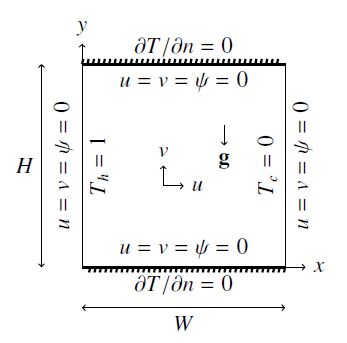
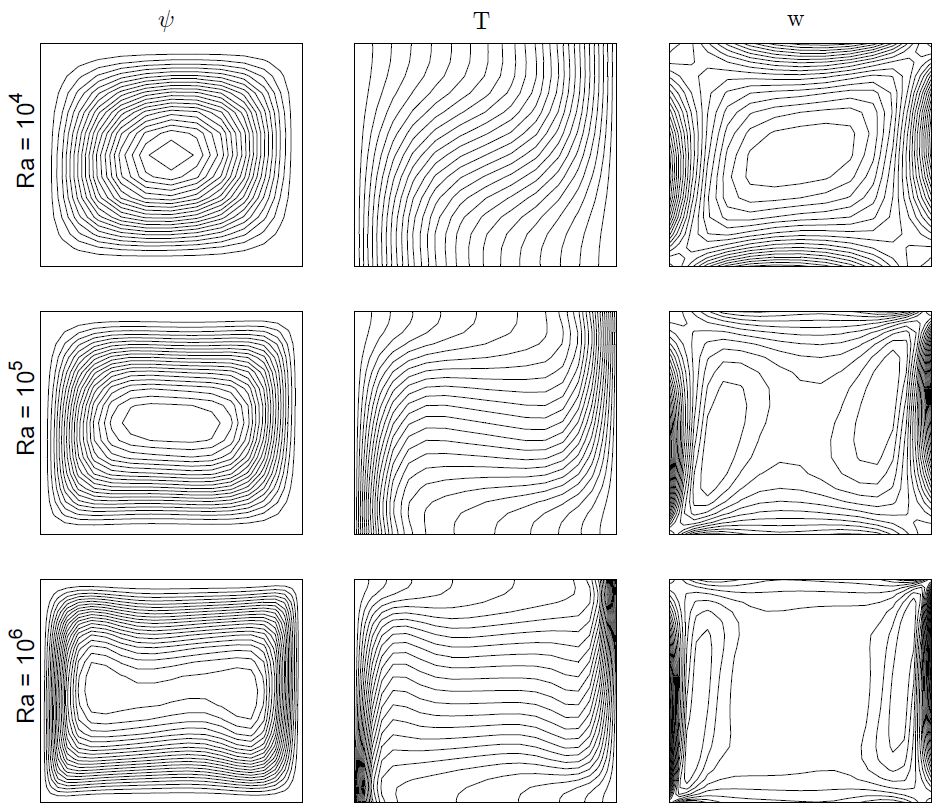

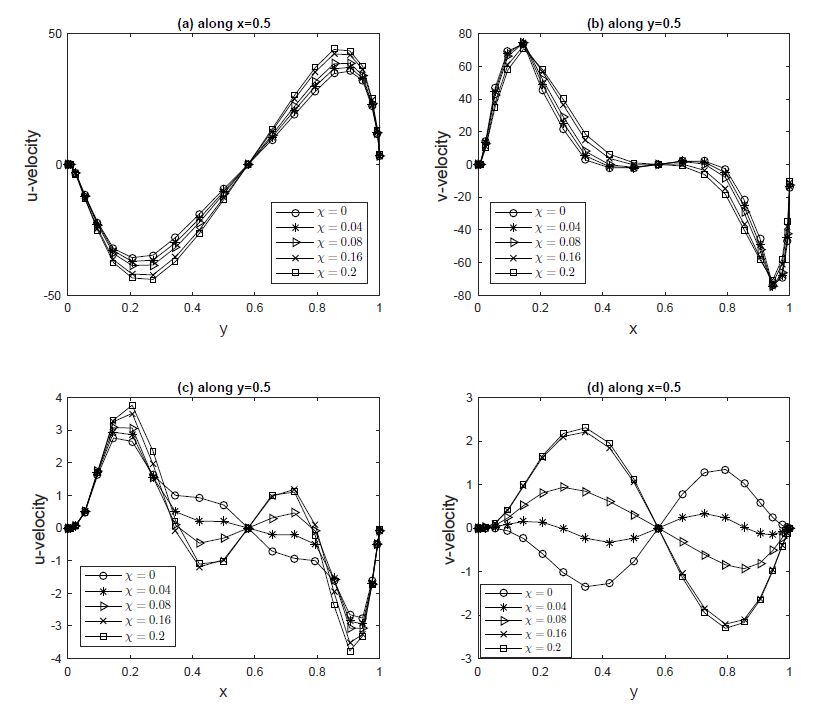
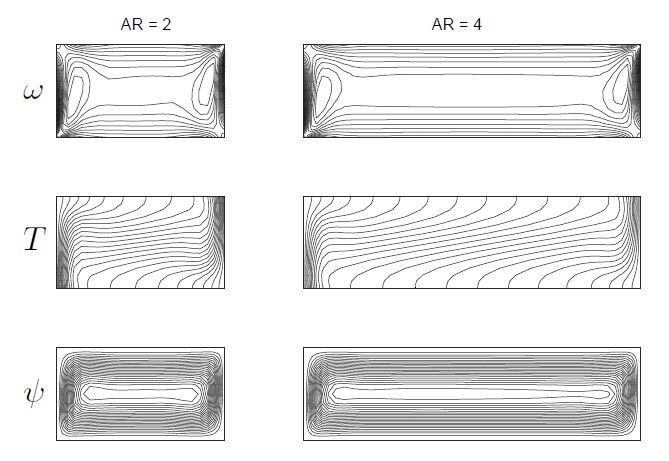
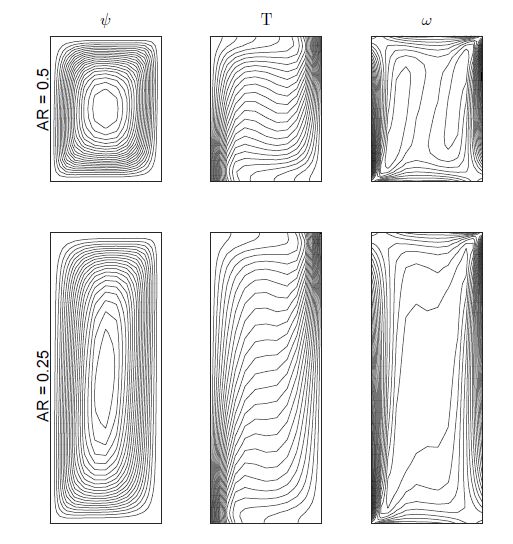


 DownLoad:
DownLoad: